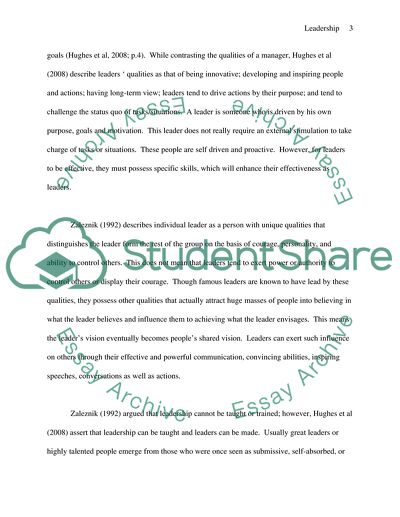Cite this document
(Conceptualization of Leadership Coursework Example | Topics and Well Written Essays - 3750 words, n.d.)
Conceptualization of Leadership Coursework Example | Topics and Well Written Essays - 3750 words. Retrieved from https://studentshare.org/human-resources/1752908-leadership
Conceptualization of Leadership Coursework Example | Topics and Well Written Essays - 3750 words. Retrieved from https://studentshare.org/human-resources/1752908-leadership
(Conceptualization of Leadership Coursework Example | Topics and Well Written Essays - 3750 Words)
Conceptualization of Leadership Coursework Example | Topics and Well Written Essays - 3750 Words. https://studentshare.org/human-resources/1752908-leadership.
Conceptualization of Leadership Coursework Example | Topics and Well Written Essays - 3750 Words. https://studentshare.org/human-resources/1752908-leadership.
“Conceptualization of Leadership Coursework Example | Topics and Well Written Essays - 3750 Words”, n.d. https://studentshare.org/human-resources/1752908-leadership.


